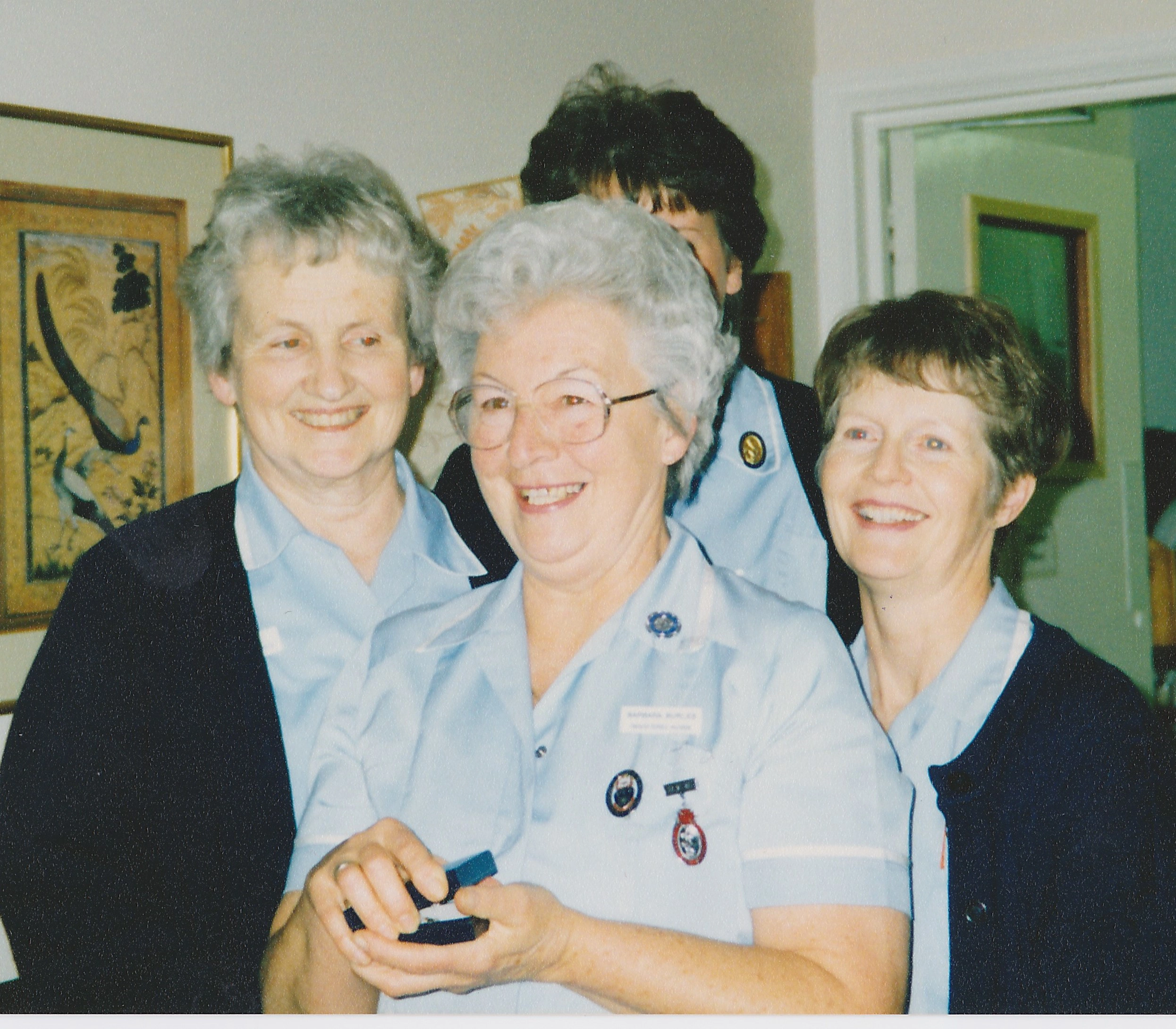
Barbara Burles was one of the Hospice’s first two paid part-time community nurses, starting in post in July 1980 as soon as the first £25,000 had been raised to launch the home care (domiciliary) service.
She’d qualified through the Royal College of Nursing in 1952, and later added to her professional skills with a ‘Care of the Dying’ certificate. While raising her young family, she nursed at a care home in Woburn Green in Buckinghamshire and later in the casualty department at Amersham General Hospital.
Here Barbara recalls her memories...
“I joined the Hospice in 1980 as one of two Hospice Domiciliary Support nurses, which was a radical innovation co-ordinated by Pam Macpherson in the early days, together with local GP surgeries.
Either the family GP, hospital consultant, district nursing team or a close relative or friend would ask for the support nurse’s involvement in patient care and with the necessary written consent from the patient’s GP, I used to gather essential medical, personal and family information before a first visit, to assess the complex needs of the patient, relatives and carers.
In providing home-centred support, I worked alongside the district nurse, health visitor or social worker, advising and counselling but not giving medical care.
At the time, this was a pioneering approach to palliative community nursing, initially not fully appreciated by other professionals, so I had to persevere to consolidate my role in the care team, relying on the GP to support me.
For the district nurse, home visits to patients had time constraints, but in my specialist nursing role I was able to give unlimited time, comforting and counselling, dealing with stress and anxiety in the home, and allowing difficult questions to be asked and addressed.






Share Article